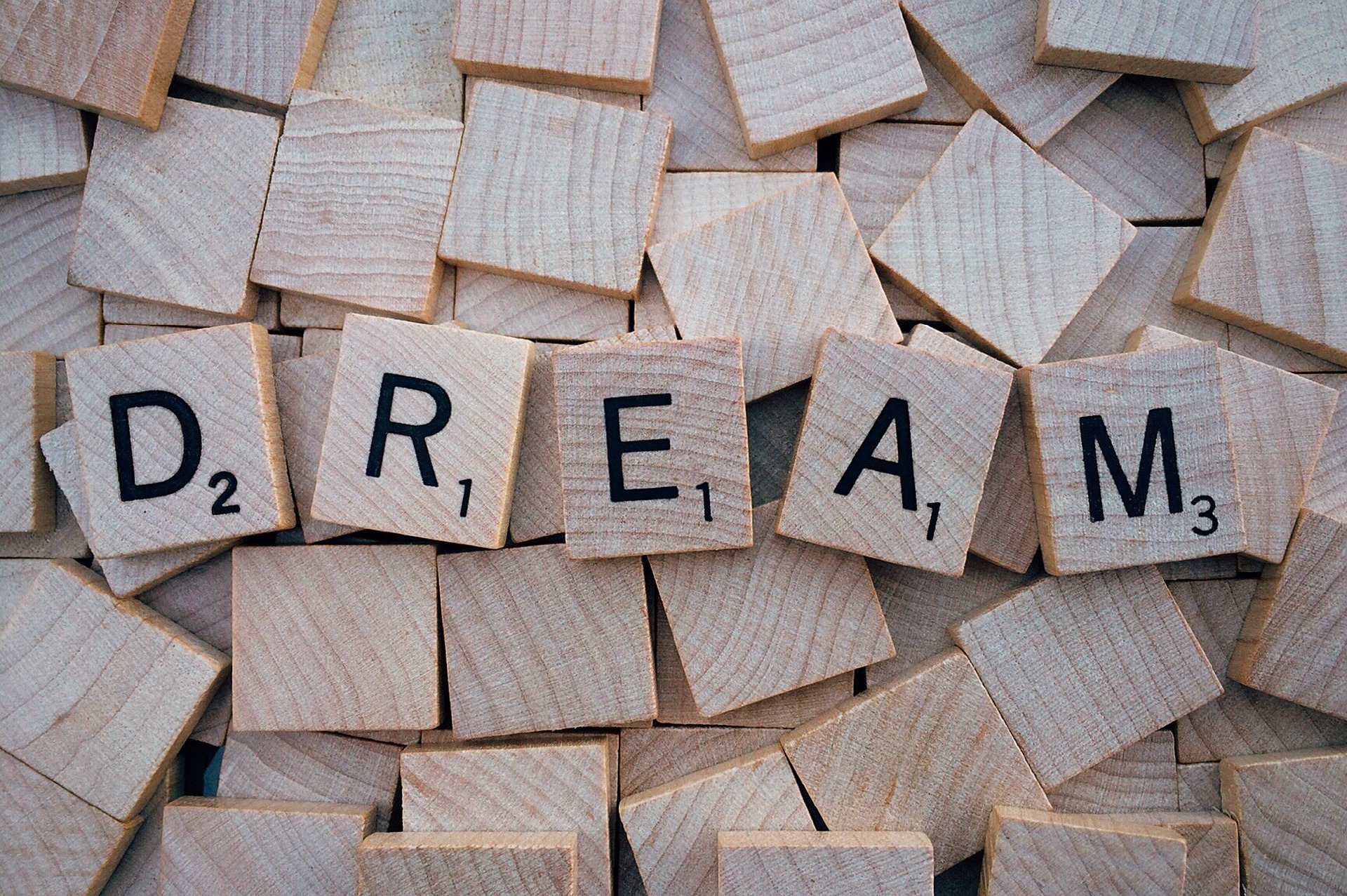In February 2021, the journal Current Biology published an article by a group of scientists led by Karen Konkoly, in which the reasearchers demonstrated the ability to communicate with lucid dreamers. However, the hard-won communication that four laboratories in different countries worked on for five years did not go beyond simple arithmetic problem-solving and “yes/no” answers.
As Prof. Ken Paller from the Northwestern University, one of the co-authors of the study, told Neuroscience News & Research, the eyes and respiratory organs remain the only parts of the body that are not paralyzed during sleep. Therefore, communication was based on eye movement as well as sniff responses. People can sniff quickly in response to a question, and the air movement can also be recorded by devices.
However, the scientists do not plan to stop there. Another co-author of the study, Kristoffer Appel, from Germany, taught the participants Morse code, which expands the possibilities for dialogue with lucid dreamers to a full-fledged conversation with words. Beyond that, other technologies have been suggested. One inspiring example is the story of a French patient who, while in a coma, could move his eyes and communicate by pointing at letters on the keyboard. If it is possible to track the direction of the dreamer’s eyeballs in the same way (with dreamers visualizing a kind of virtual keyboard in front of them), the communication process would be vastly improved.
The researchers also plan to create a smartphone app, so that people can repeat such experiments at home, and not just in the laboratory.
Are you ready to learn Morse code for the sake of a dialogue with the world of lucid dreams?




